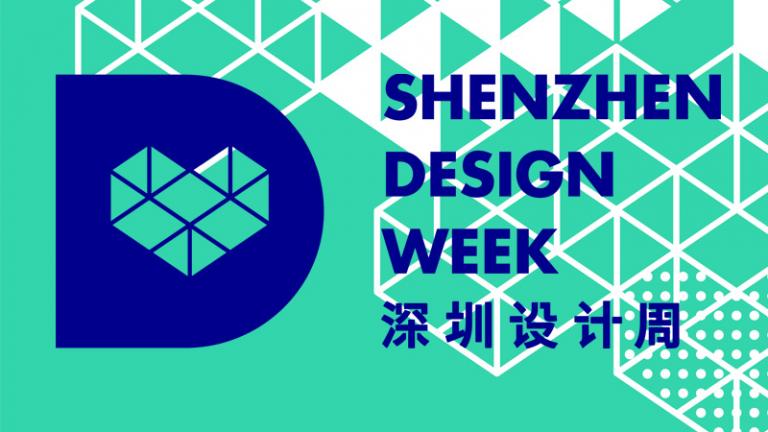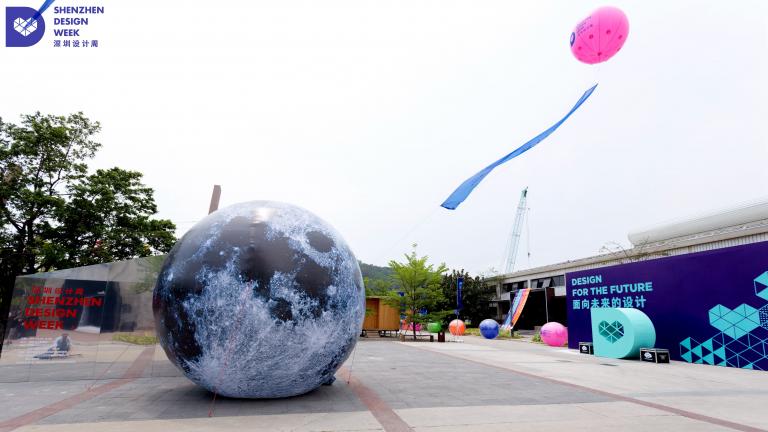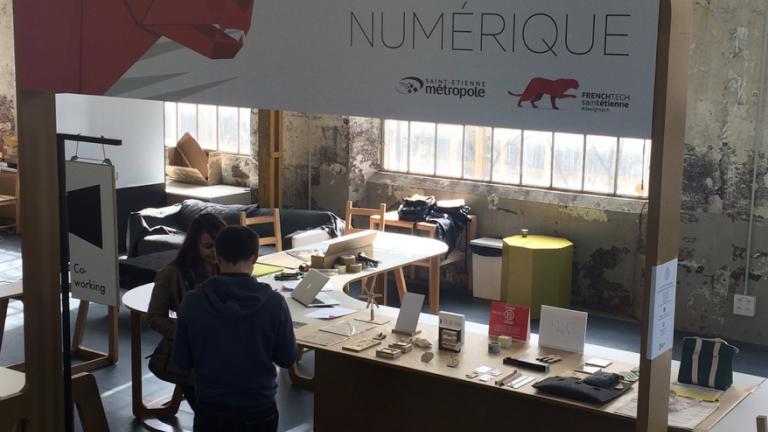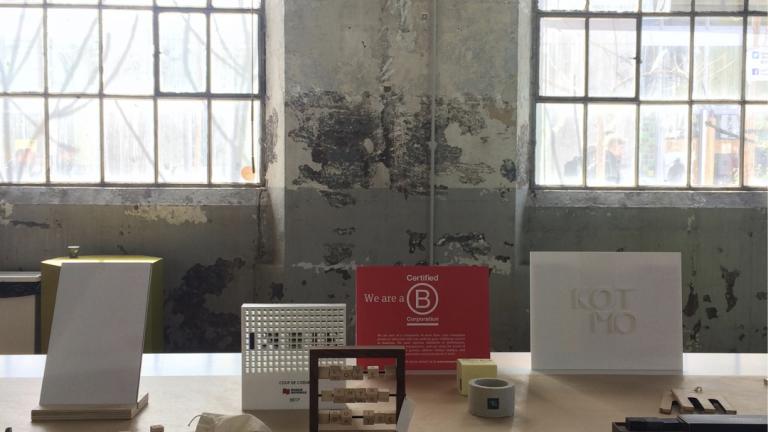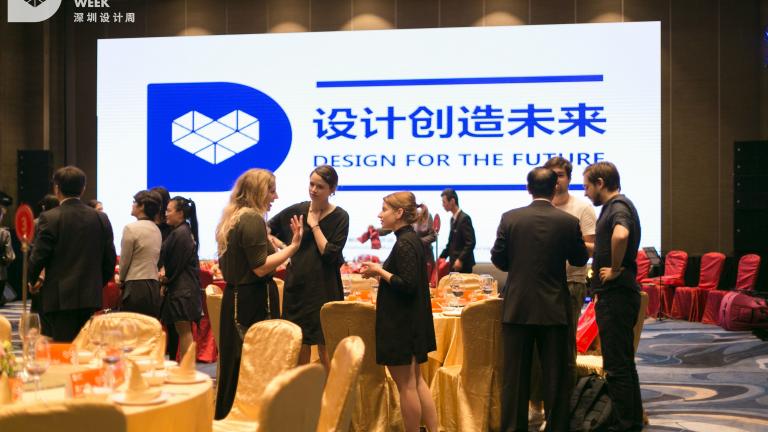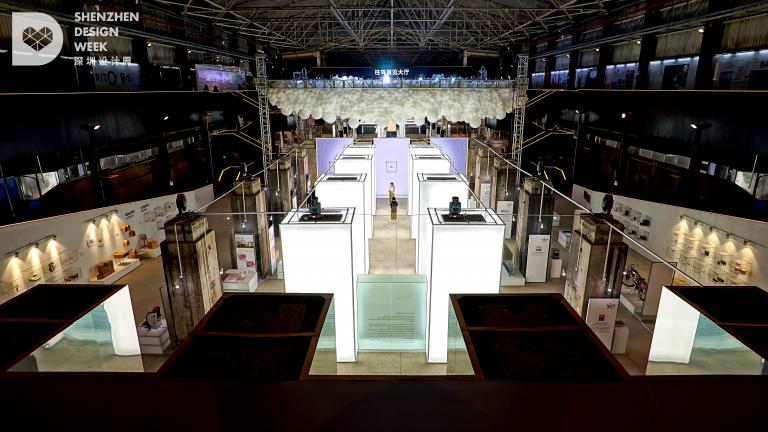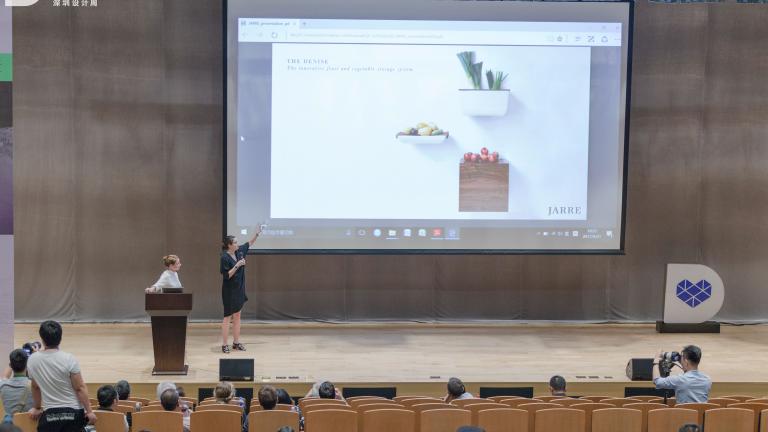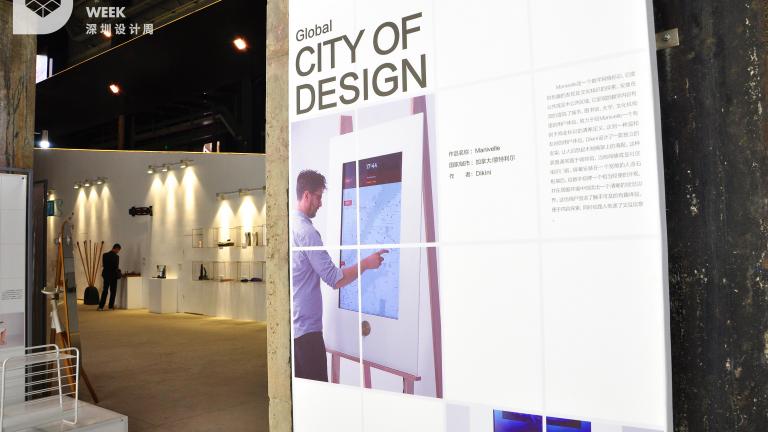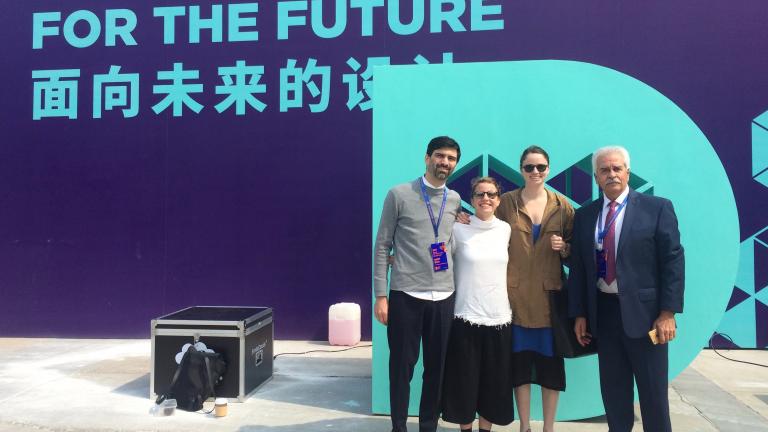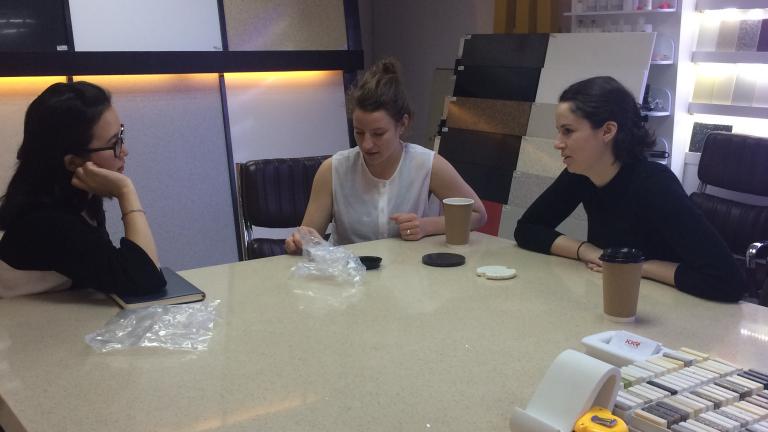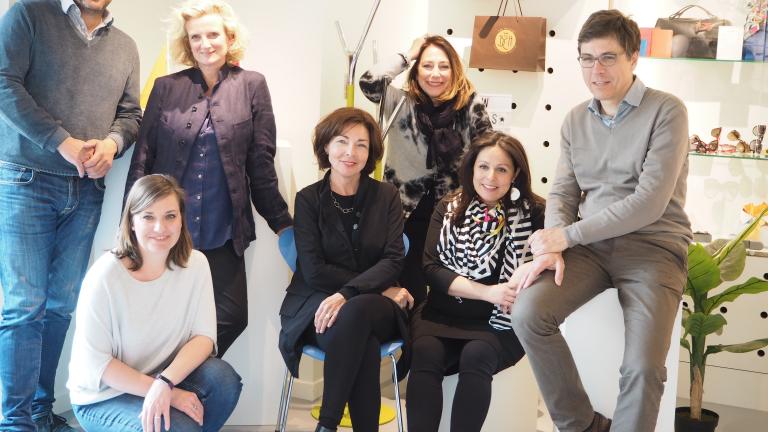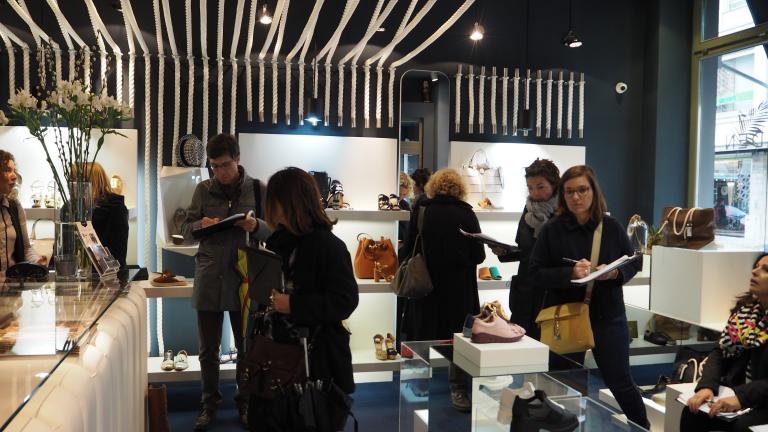Montréal design goes international – Saint-Étienne, Shenzhen, and Luxembourg
Opportunities to enhance the international reputation of Montréal design are growing. Montréal’s Bureau du design strives to help designers and architects make the most of such career-building occasions. What follows is an overview of recent events where we have shared Montréal expertise and best design practices and given local designers a chance to exchange ideas with their international colleagues.
MONTRÉAL – SAINT-ÉTIENNE, UNESCO City of Design
First, in March, the 10e Biennale internationale de design de Saint-Étienne took place in France. The theme, “Working Promesse – Shifting Work Paradigms,” was showcased throughout the city in exhibitions and in the rich program of seminars. In addition to the Bureau du design’s Marie-Josée Lacroix attending as a guest panellist at a workshop and roundtable entitled “City at work, inclusive city,” Montréal was represented by Céline Juppeau and her company Kotmo, which blends design, entrepreneurship, and sustainable development. The designer and her team bring together and design unique, personalized, and durable promotional items that are manufactured locally. Kotmo was selected as part of the Design Tech Booster contest, aimed specifically at start-ups and intended to guide them in studying, validating, and improving their technical choices and products. The Bureau du design wishes to thank the city of Saint-Étienne for these generous invitations. We returned inspired by the city’s many initiatives, including the temporary development of vacant commercial spaces on Rue de la République and Banc d’essai, the test bed for trying out prototypes of urban furniture in public spaces.
MONTRÉAL – SHENZHEN, UNESCO City of Design
Then in April, designers Élyse Leclerc and Gabrielle Falardeau of the design firm Jarre (winners of the 2015 Shenzhen Design Award for Young Talents) and Philippe Carreau, industrial designer with Dikini design studio (winner of the 2012 Phyllis Lambert Grant), traveled to Shenzhen, China to attend the inaugural Shenzhen Design Week. In addition to taking part in a host of activities, the designers got a chance to share their expertise and projects (Jarre’s La Denise, and Manivelle, whose industrial design was developed by Dikini) at a presentation and exhibition. Both firms felt the experience was an extraordinary chance to meet with international players in the design field and open the door to potential partnerships in the future. Jarre, which had already been working with the Chinese firm Kingkonree to manufacture certain items, visited their facilities and strengthened ties with this supplier and business partner. This promotional opportunity was also a chance to discover and learn about Chinese culture. The designers were able to attend numerous activities and forge connections with their counterparts at the UNESCO Creative Cities Network. The trip to China also gave rise to a friendship between the three Montréal designers that may well lead to future partnerships. The Bureau du design wishes to thank the city of Shenzhen for their generous invitation.
MONTRÉAL – LUXEMBOURG
At the end of April, Marie-Josée Lacroix travelled to Luxembourg to preside over the jury of the Commerce Design Luxembourg competition. The Commerce Design concept originated some 20 years ago in Montréal and has since been licenced to 14 other cities around the world, including Luxembourg. The jury visited nearly 40 competing firms in different neighbourhoods over the course of two days. In addition to illustrating current trends in commercial design, taking part in the event helped us validate and improve the awards concept to better reflect modern successful business practices. During our short stay, we made many new contacts, including the other jury members and a number of talented designers and architects, further expanding our network of international professionals. These connections are vital for holding competitions or conferences in Montréal, which require the attendance of high-level French-speaking designers. The trip also familiarized us with the architectural practices of Luxembourg, where young architects are very active and where the public and private architecture market is thriving. Luxembourg designers are so busy that they do not even have time to enter foreign competitions. Young professionals can quickly gain access to architectural and design commissions early in their careers; for the Bureau du design, one of whose goals is to open up commissions to young firms, it is a compelling model.

